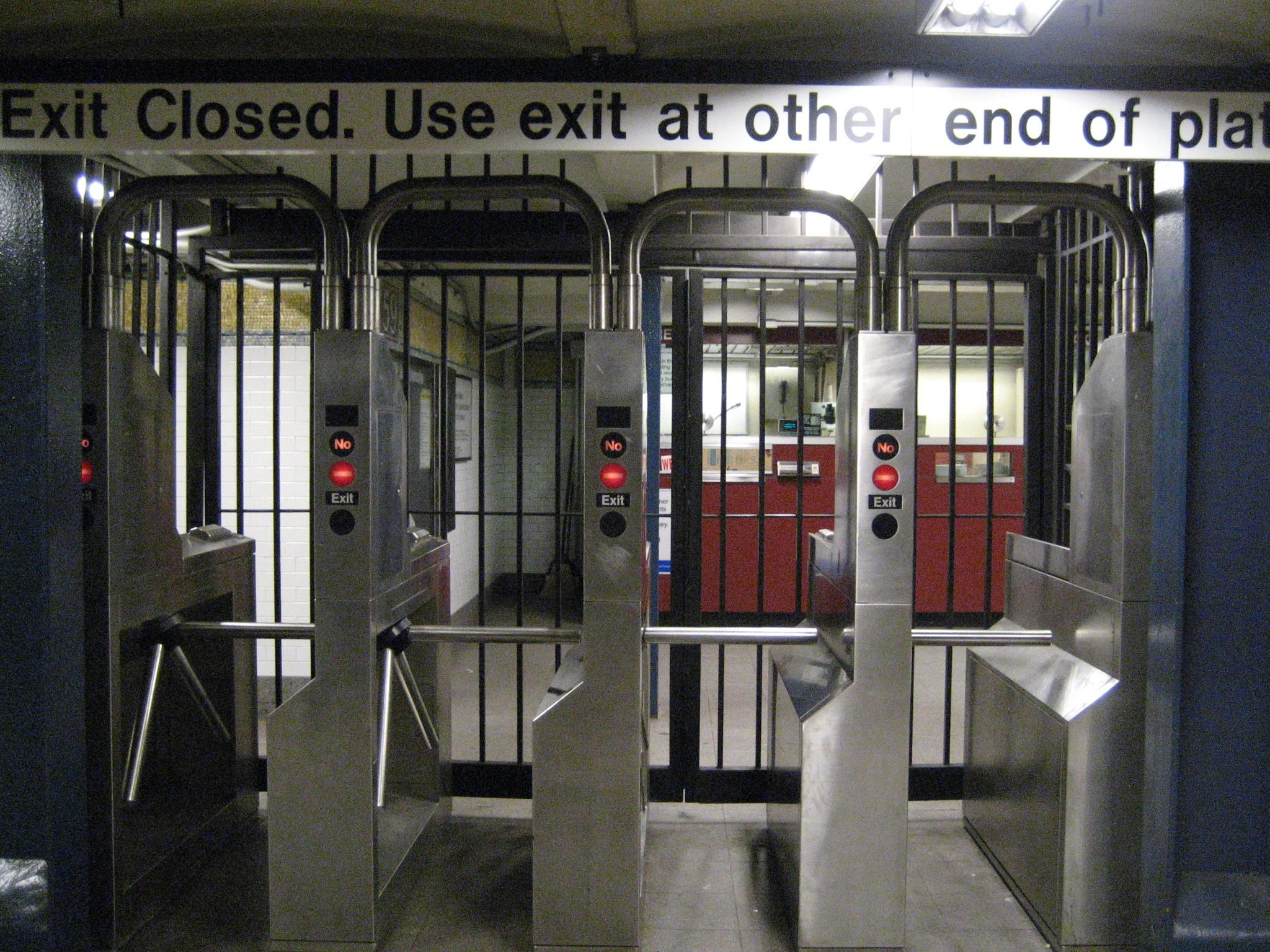Manhattan D.A. pledges to curtail prosecutions of subway fare jumpers, but it’s complicated
For decades people who’ve jumped over the turnstiles in the New York subway system have faced arrest and being charged with criminal “theft of services.” But New York County District Attorney Cyrus Vance recently announced that his office would no longer pursue criminal charges against most people for fare evasion, and would instead seek to send them […]

For decades people who’ve jumped over the turnstiles in the New York subway system have faced arrest and being charged with criminal “theft of services.”
But New York County District Attorney Cyrus Vance recently announced that his office would no longer pursue criminal charges against most people for fare evasion, and would instead seek to send them to a diversion program, which might include community service in exchange for dismissing the charge. Although the fuller details have not yet been announced, completion of diversion program might still prove to be onerous for some people who can’t afford the $2.75 to get on the subway.
Vance’s office charged over 9,600 people with fare jumping in 2016. Only assaults were prosecuted more frequently in Manhattan.
According to the New York Times: “Instead of being brought from the police station to court, those defendants generally will be diverted into community service or social programs, and if they comply, the fare-beating charge will be dropped, Mr. Vance said. An exception will be made only when the police have strong reason to believe that the defendant is someone who poses a risk to public safety, like a sex offender.”
New York Police Commissioner James P. O’Neill appears to have doubts, expressing concerns about what the new policy would mean for public safety. But if Vance’s office decides not to pursue a prosecution, and instead dismiss the charge, there isn’t much O’Neill can do about it.
As the Times explained, “Fare beating was one of the petty offenses enforced aggressively on the theory that doing so would curb more serious crimes.” That “broken windows” belief became popular in the 1980s and 1990s but has largely been discredited in the 21st Century.
Under former Mayor Rudy Giuliani, New York was one of the leaders in pursuing minor crimes like public urination, fare jumping, and panhandling. These efforts led to a surge in people being locked up in jails and prisons, especially young people of color and the poor.
“For too long, prosecution of fare evasion as a crime has disproportionately impacted people of color, bogged down our courts, and even put immigrants at risk of deportation,” said Councilman Rory I. Lancman of Queens in an interview with the New York Times. ”Diverting fare evasion cases away from the criminal justice system is a smart and sensible policy.”
Acting Brooklyn District Attorney Eric Gonzalez said he intended to implement a similar policy and Queens District Attorney Richard Brown said he’d “monitor” what Manhattan was doing.
But while Vance has received praise for his action, an article in The Village Voice questioned whether the district attorney had missed the most important issue: the fact that many can’t afford the $2.75 for a fare in a city where the subway is usually the most efficient way to travel.
“D.A. Vance’s move is indicative of a growing awareness that we can’t arrest and prosecute our way out of all our social problems,” said Alex Vitale, a Brooklyn College professor who studies criminal justice in an interview with the Village Voice. “But by relying on diversion and other forms of supervision, they’re holding on to the idea that there’s something wrong with people who do things like jump the turnstile, when the problem is that public transit can’t be afforded by large swaths of the public anymore.”
Some of the diversion programs that fare jumpers will be required to go into could be more onerous than being criminally charged, and that won’t solve the existing problem, said Jeffrey Fagan, a professor at Columbia Law School who focuses on criminal justice issues.
